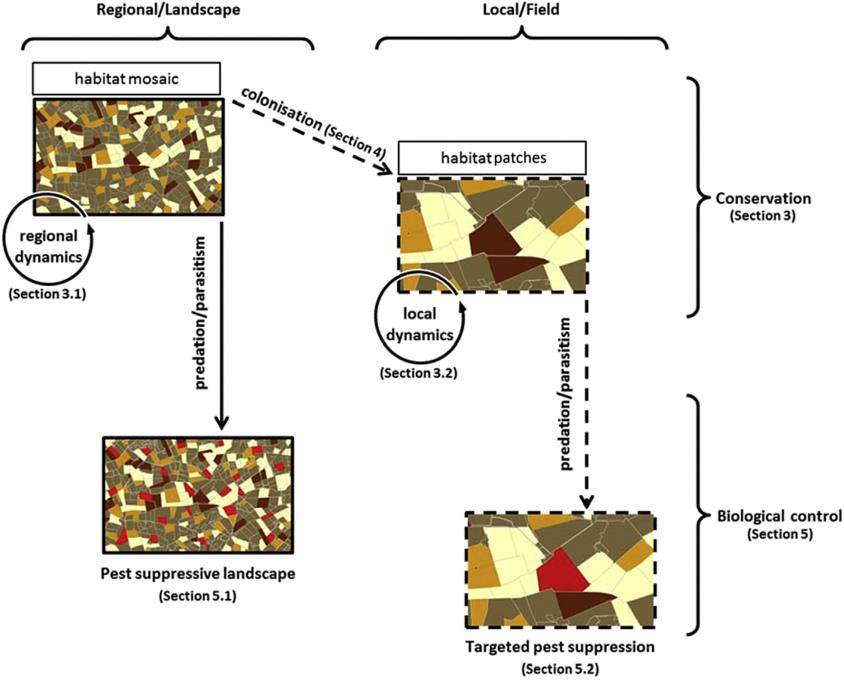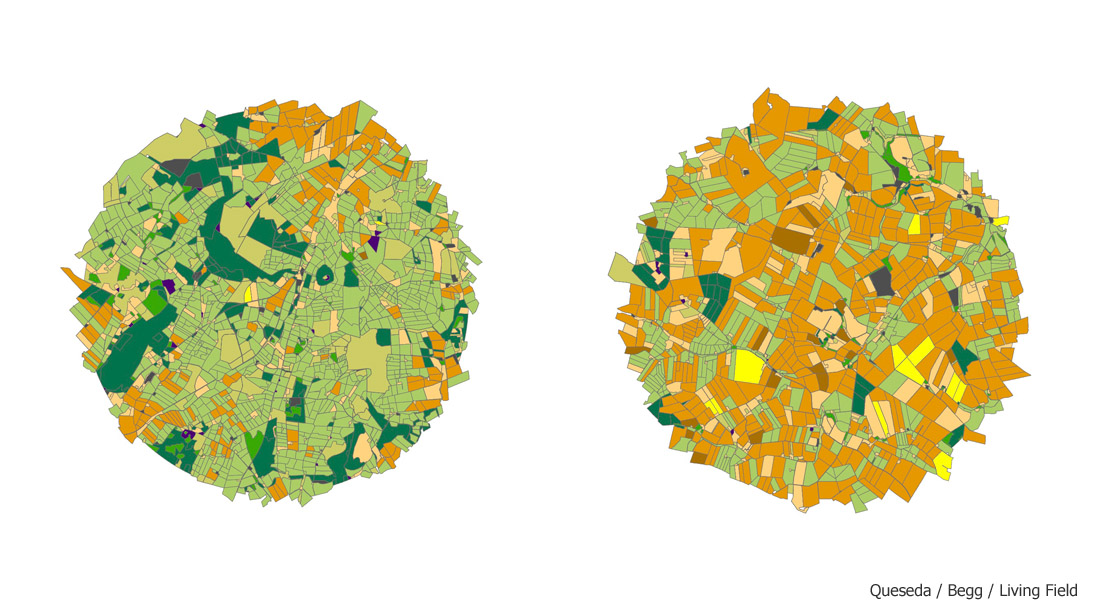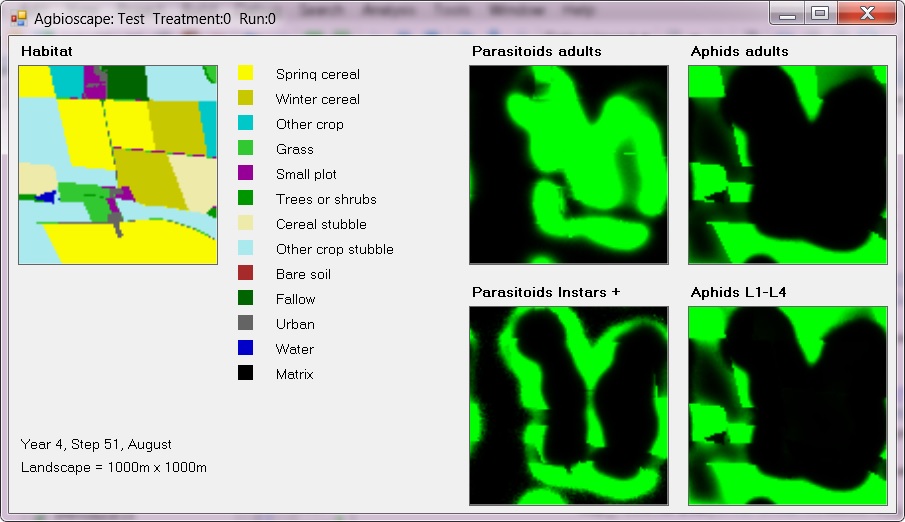 Conservation biological control (CBC) is a sustainable approach to pest management that seeks to conserve natural enemies and so contribute to pest suppression by countering habitat loss and environmental disturbance associated with intensive crop production. CBC is a complex pest suppression strategy that draws on ecological and behavioural processes
Conservation biological control (CBC) is a sustainable approach to pest management that seeks to conserve natural enemies and so contribute to pest suppression by countering habitat loss and environmental disturbance associated with intensive crop production. CBC is a complex pest suppression strategy that draws on ecological and behavioural processes
(BOX 1).
This approach separates CBC into conservation and biological control elements and identifies two scales at which these processes operate and interact. Two alternative routes to successful pest management are shown. Route 1 (solid arrow) identifies the general suppression of insect herbivores that results from the non-specific conservation of natural enemy populations at the landscape scale, possibly resulting in the suppression of crop pests across the region (indicated in red). Route 2 (dashed arrows) identifies the steps to achieve the targeted suppression of a pest species at the field scale. Natural enemies colonise local habitats from the regional species pool, localising their abundance and enhancing it via local population dynamics in the vicinity of target fields. Subsequent dispersal into the crop results in pest suppression through increased predation and parasitism (indicated in red). For more detail see Begg et al. (2017) A functional overview of conservation biological control, Crop Protection, Volume 97 http://dx.doi.org/10.1016/j.cropro.2016.11.008.
Our recent work has focused on the role of landscape structure in promoting and managing conservation biological control.
 By buidling up detailed knowledge of the Scottish arable landscape we have identified both crop and semi-natural habitats as important components in supporting genelist predators such as ground beetles and spiders, pointing towards the value of complementary habitats as well as reduced landscape-intensity in promoting CBC.
By buidling up detailed knowledge of the Scottish arable landscape we have identified both crop and semi-natural habitats as important components in supporting genelist predators such as ground beetles and spiders, pointing towards the value of complementary habitats as well as reduced landscape-intensity in promoting CBC.
In future studies we will be working with local farmers as part of the Balruddery Sustainable Catchment Programme to test these ideas and, by developing a model of the catchment, design effective landscape management strategies.





